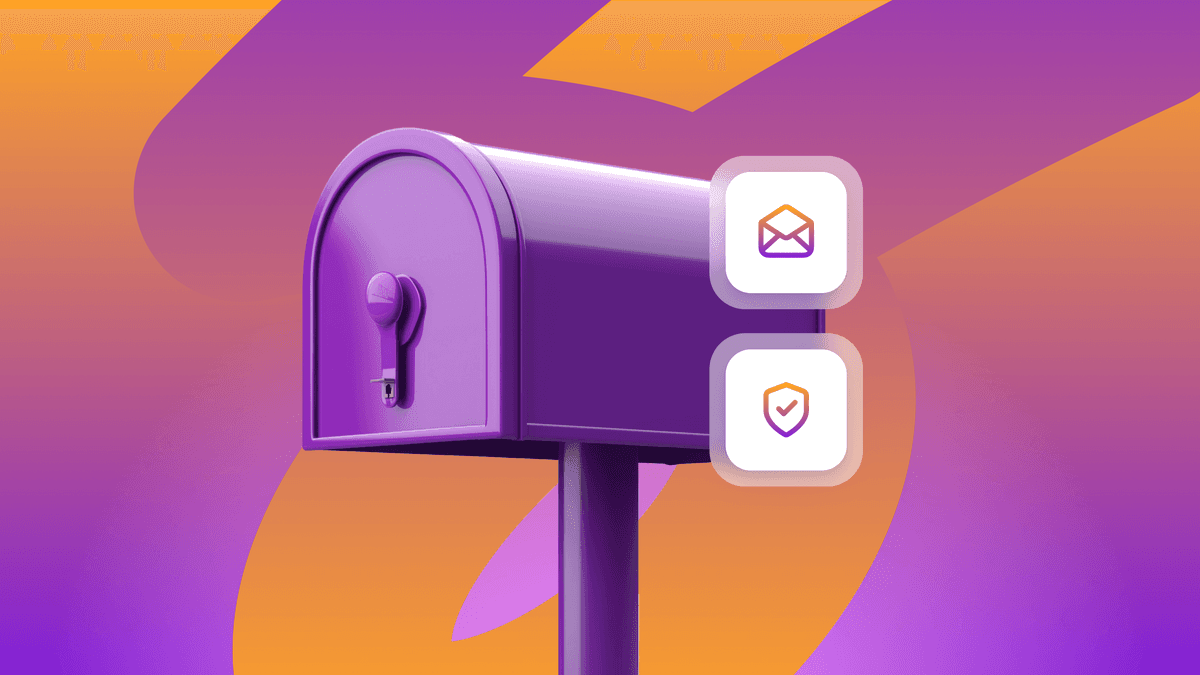3 Keys to Engaging QSR Customers Effectively on Mobile
Published on July 25, 2017/Last edited on July 25, 2017/5 min read


Team Braze
It’s been ten years since the release of the first iPhone, and the rise of mobile has had a major impact on nearly every industry out there—upending long-time vertical leaders, transforming customer expectations, and requiring brands to seriously rethink their marketing efforts. That’s especially true for the quick-service restaurant (QSR) space, where the influence of a heavily Millennial customer base has made mobile central to customer engagement.
Now that more than 75% of Americans own a smartphone, it’s possible for QSR brands to use mobile messaging channels like push notifications, in-app messages, and more to reach their audience wherever they are and nudge them to place an order, stop by a location, or take other significant actions. But getting customers to convert takes more than just sending a message. QSR brands that get it right with their mobile engagement efforts typically have three big traits in common:
1. They integrate their physical and virtual services.
Simply put, by interacting with the company online, customers can get their food faster. That’s a major benefit in an industry that literally has “quick” in its name.
2. They focus on innovation.
Customers are keenly aware of which companies offer which services. They’ll move toward the point of least resistance—that is, toward the company that makes whatever it is they want to do the easiest. You don’t want to be left behind.
3. They don’t think potential customers owe them anything.
Nobody has to engage with your app or opt in to your notifications. Brands succeed when they offer marketing that’s relevant and valuable to people they’re trying to engage.
To help brands get a better grasp on how to make mobile engagement work effectively for them, let’s take a look at three hypothetical examples where (imaginary) QSR companies are making smart marketing choices:
Hold onto new customers with a smart, cross-channel onboarding

Imagine that you work at a QSR brand—call it “Sam’s Super Sandwiches”—with a reputation for customer service and attention to detail, stretching all the way back to its days as a single-location start-up. Now a rapidly growing chain, Sam’s continues to rely on quality, not gimmicks, to draw in diners. In the mobile-first age, that means creating a mobile app that allows customer to customize their meal and place orders remotely. But while Sam’s spent heavily on app install campaigns to establish a mobile user base, the company has been struggling to hold onto those customers—in fact, the company is losing more than 90% of its new users within the first week after download.
To turn those retention numbers around, the brand needs to reevaluate its onboarding campaign to better reach, engage, and educate new users about the benefits of using the app right off the bat. That means testing the effectiveness of different introductory content, nudging users to enable push notifications and join their email list, and taking advantage of multiple channels to communicate with customers, increasing two-month retention by up to 130%.
Boosting conversions using personalized messaging

Picture a pizza-focused QSR brand (“Pete’s Prize Pizzas”) that’s struggling to succeed on mobile despite enviable mobile app user retention rates. The problem? Not enough of their users are placing regular orders on mobile.
To more effectively encourage their audience to take action, Pete’s needs to takes advantage of the nuanced customer data collection that mobile makes possible and use that information to send more engaging, more relevant messages. For instance, the company could include customers’ names in the outreach they send, highlight nearby promotions, or take advantage of dynamic content to automatically adjust the content of messages based on the local weather in each recipient’s local region. By leveraging customer data to personalize messages, Pete’s can make their outreach more to each recipients’ liking and increase conversions by more than 27%, giving their bottom line a much-needed boost.
Build stronger relationships by taking advantage of customer journey management tools
Imagine a QSR brand—”Passable Burger”—that’s already doing a lot right when it comes to their mobile engagement efforts. Once you’ve built a best-in-class onboarding flow and started rolling out smart personalization across your campaigns, what’s next?

Instead of resting on their laurels, Passable Burger should take the long-view and consider visualizing and optimizing their audience’s long-term customer journey with a lifecycle management tool like Appboy Canvas. This kind of tool makes it possible for brands to easily optimize not just the content of messages that each user receives, but their entirety of their brand experience, message by message and even campaign by campaign—and to use AI to orchestrate smarter customer communication. For Passable Burger, that could mean testing to determine the ideal time to send an abandoned cart message when a user fails to complete a mobile order, or giving customer individually customized discounts based on their in-app behavior, creating a more pleasant, more valuable brand experience from start to finish.
Final thoughts
While it’s been a decade since the introduction of the iPhone, too many brands are still approaching mobile as a pure acquisition play, or sending the sorts of one-size-fits-all blast messages that drive a lot of customers to opt out of messaging or uninstall apps.
Mobile has made it possible for QSR brands to reach their customer more effectively and to provide them with a more engaging, more valuable brand experience—but only if they approach it the right way.
Be Absolutely Engaging.™
Sign up for regular updates from Braze.
Related Content
View the Blog
Look out: Outlook's new email requirements and what they mean for Braze senders

Alison Gootee

How the Braze Data Platform enhances flexibility and fosters collaboration

Sahiz Kaur

Customer churn prediction: Using data for smarter retention
